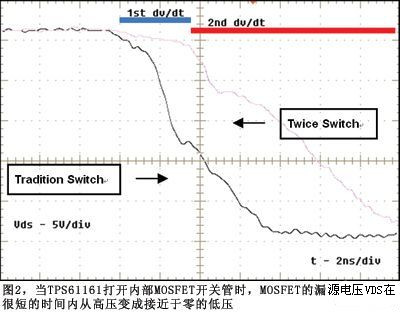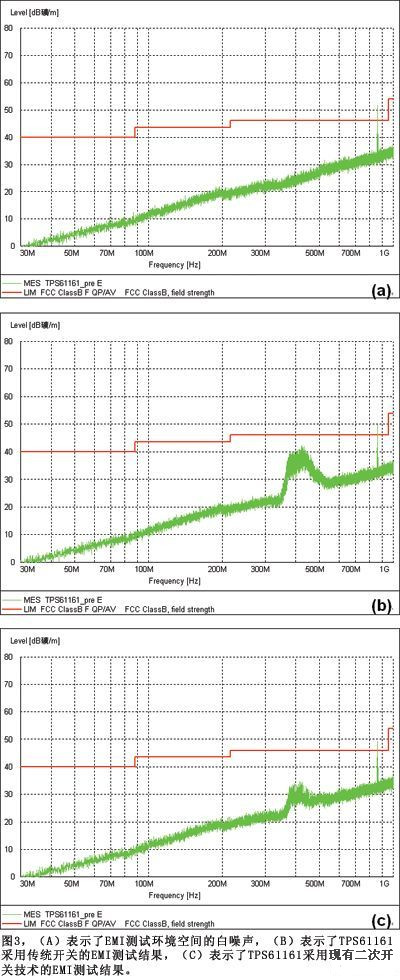Tag: TPS61161 EMI
This article refers to the address: http://
At present, mobile phones generally use white LEDs as backlight components for display screens, and the corresponding white LED drivers become an indispensable IC in mobile phone design. White LED drivers use switching power supply topologies such as inductive boost converters. At the same time of the high-speed switching of the converter, the use of inductance to generate EMI interference will bring difficulties to the design of other functional modules of the mobile phone. As the LCD screen increases, the output capacity required by the driver increases accordingly, and EMI interference becomes severe. Therefore, EMI considerations must be taken seriously when designing a white LED driver.

The TPS61161 boost converter introduced by Texas Instruments not only provides the driving capability of 10 LEDs, but also has corresponding design considerations for EMI problems. Its typical application is shown in Figure 1. In the TPS61161 switch design, two switching processes are adopted, which effectively reduces the EMI radiation intensity, thereby avoiding the influence of the driver on other modules of the mobile phone. As shown in the black curve in Figure 2, when the TPS61161 turns on the internal MOSFET switch, the drain-source voltage Vds of the MOSFET changes from high voltage to low voltage close to zero in a short time, that is, a large voltage change rate dv/dt; And at the beginning of the switch opening, due to the characteristics of the MOSFET, the current change rate flowing through the MOSFET switch tube is also large, that is, di/dt. Considering the effect of dv/dt and di/dt on EMI, the EMI intensity is reduced by slowing down the switching voltage change rate dv/dt at the beginning of the MOSFET turn-on, as shown by the red curve in Figure 2.

The traditional switching technology and secondary switching technology prove that the TPS61161's secondary switching technology reduces the EMI radiation energy. In the EMI test, the TPS61161 drives 10 LEDs in series with a battery voltage of 3.7V. Figure 3a shows the white noise of the EMI test environment space, Figure 3b shows the EMI test results of the TPS61161 using the traditional switch, and Figure 3c shows the EMI test results of the TPS61161 using the existing secondary switch technology. The test results show that the secondary switch reduces the EMI radiation intensity by 10 db.

In addition, the TPS61161 supports linear dimming technology - changing the LED's luminous intensity by adjusting the LED's on-current. This dimming method effectively avoids EMI interference caused by LED dimming. This type of interference often occurs in PWM dimming mode.
Of course, good PCB layout and wiring in the specific application of TPS61161 design will also help to better reduce the interference of EMI on the mobile phone system. In addition to the TPS61161, Texas Instruments' TPS61160 white LED driver, the TPS61165 high-brightness LED driver uses a secondary switching technology. For details, please refer to the Texas Instruments product catalog.
Lead Acid Solar Battery,2V Sealed Lead Acid Battery,Sealed Lead Acid Battery 12V 150Ah,Lead Acid Battery For Solar
Henan Xintaihang Power Source Co.,Ltd , https://www.taihangbattery.com